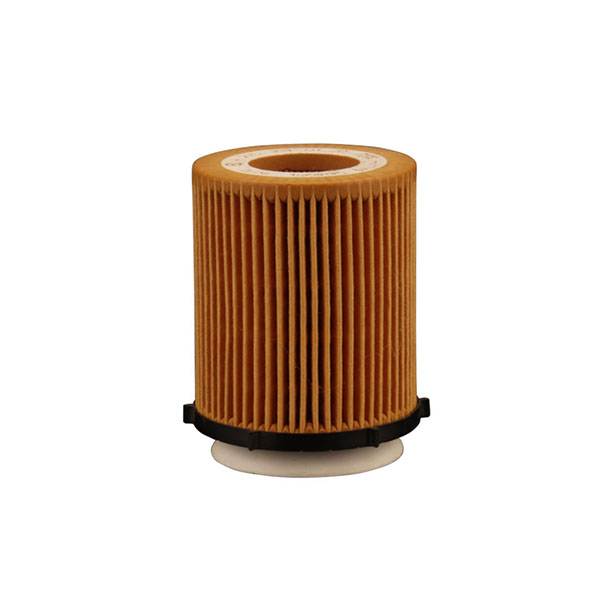Aug . 19, 2024 11:34 Back to list
High-Efficiency Activated Carbon Air Filter for Optimal Air Purifier Performance
The Importance of Active Carbon Air Filters for Air Purifiers
In today’s world, air quality is a growing concern as urbanization, industrialization, and an increase in vehicle emissions contribute to rising pollution levels. To combat these negative impacts on health and well-being, many individuals are turning to air purifiers to create a cleaner indoor environment. One of the most essential components of these devices is the active carbon air filter, which plays a pivotal role in maintaining air quality.
Active carbon filters, also known as activated carbon filters, are designed to capture a wide range of airborne pollutants, including volatile organic compounds (VOCs), odors, smoke, and other harmful substances. The effectiveness of these filters lies in their unique structure. Activated carbon is characterized by a vast surface area with numerous tiny pores that can adsorb contaminants. This means that when air passes through the filter, pollutants cling to the carbon, effectively trapping them and preventing them from being released back into the environment.
One of the most significant advantages of active carbon filters is their ability to remove odors. Whether it's cooking smells, pet odors, or the stale air that often accumulates in living spaces, activated carbon efficiently neutralizes these unpleasant scents. This capability is particularly beneficial for households with pets or for people who enjoy cooking. The presence of fresh, clean air can significantly enhance the overall quality of life.
Moreover, these filters are also crucial in reducing allergens and other harmful particles from the air. While HEPA (High-Efficiency Particulate Air) filters are excellent for capturing dust, pollen, and pet dander, they do not address gases and odors. This is where active carbon filters complement HEPA filters, providing a comprehensive solution for improved air quality. By combining these two types of filtration, air purifiers can ensure that both particulate matter and gaseous pollutants are effectively removed.
active carbon air filter for air purifier product

The health benefits of using air purifiers equipped with active carbon filters are substantial. Poor air quality has been linked to various health issues, including respiratory diseases, allergies, and even cardiovascular problems. By improving indoor air quality, these purifiers can reduce the risk of such ailments, particularly for vulnerable populations such as children, the elderly, and individuals with pre-existing health conditions.
When selecting an air purifier, it is essential to consider the type and quality of the active carbon filter. Not all carbon filters are created equal; some may contain additional treatments or materials that enhance their performance. For example, some filters are impregnated with compounds that target specific chemicals, such as formaldehyde or hydrogen sulfide, further increasing their effectiveness.
It's important to note that active carbon filters require regular maintenance for optimal performance. The adsorption capacity of activated carbon diminishes over time, and filters should be replaced according to the manufacturer's recommendations—usually every 3 to 6 months. This ensures that the air purifier continues to function effectively, providing clean air for your home.
In conclusion, the active carbon air filter is a vital component of air purifiers, offering numerous benefits that go beyond mere dust removal. They effectively capture a wide range of harmful pollutants and odors, contributing to improved indoor air quality and overall health. In an era where air pollution poses significant challenges, investing in an air purifier with a high-quality active carbon filter can make a substantial difference in creating a healthier living environment. Embracing this technology not only enhances comfort but also supports long-term health for you and your family.
-
PLAB-6 A/B Two Compounds Filter End Cap Gluing Machine - Hebei Filter Man
NewsAug.16,2025
-
PLAB-6 A/B Two-Component Filter Gluing Machine - Hebei Filter Man | Precision, Efficiency
NewsAug.16,2025
-
PLAB-6 A B Two Compounds Filter End Cap Gluing Machine - Hebei Filter Man | Adjustable Speed, Step Motor, Heat Mixing
NewsAug.16,2025
-
Eco-Friendly Coffee Filter Paper: Pure Taste, Sustainable Choice
NewsAug.16,2025
-
PLAB-6 Filter End Cap Gluing Machine - Hebei Filter Man
NewsAug.15,2025
-
PLAB-6 A B Two Compounds Filter End Cap Gluing Machine - Hebei Filter Man | Precision Adhesive Application, Efficient Production
NewsAug.15,2025
